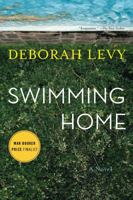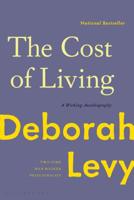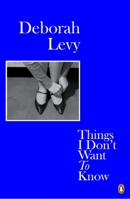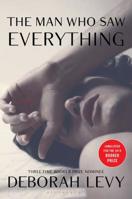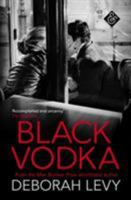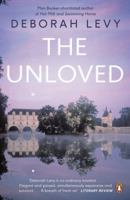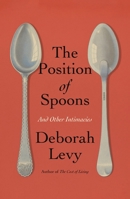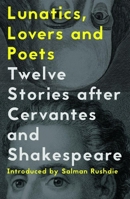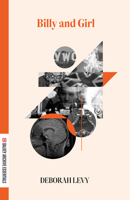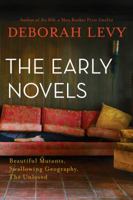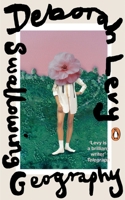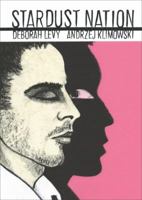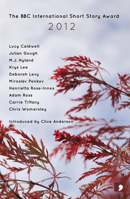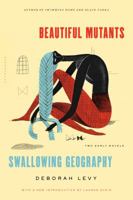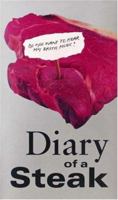The Need for Speed Caper
(Book #4 in the Carmen Sandiego Graphic Novels Series)
Select Format
Select Condition 
Book Overview
Adventure awaits in this full-color graphic novel, based on the Netflix series starring Gina Rodriguez. Take in all the action and excitement of Dubai and get a taste of geography, culture, and history with Carmen Sandiego--the world's greatest thief
Format:Hardcover
Language:English
ISBN:0307266656
ISBN13:9780307266651
Release Date:November 2007
Publisher:Alfred A. Knopf
Length:592 Pages
Weight:2.94 lbs.
Dimensions:1.9" x 7.5" x 9.4"
More by Deborah Levy
Customer Reviews
6 customer ratings | 5 reviews
There are currently no reviews. Be the first to review this work.













